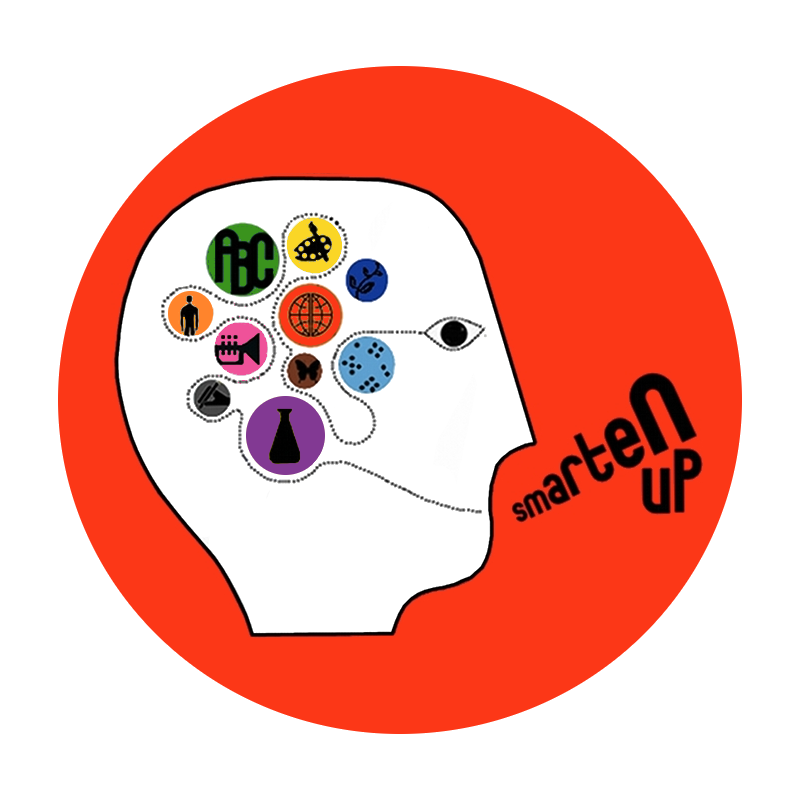Everyone knows that reading is important. Not only have societies valued literacy for centuries, in work and for pleasure, but it is the only mode of learning that is used in virtually every academic domain. Reading builds vocabulary and teaches people about any subject matter they could possibly want to learn. Most people know that increased reading is linked to improved grades, test scores, and even IQ. But there are nonacademic benefits to reading that many people don't know about. Here are some of the lesser known reasons why we should all pick up a book every day:
Decrease Stress, Increase Empathy
Now is the perfect time to incorporate reading into your family's daily routine if it isn't there already. Choose a time of the day most convenient and conducive to quiet, peaceful reading. You will reap the benefits no matter what time of day, but reading right before bed, especially in place of watching TV or scrolling on a smartphone, will be particularly beneficial and is more likely to lull you into a deeper, more restorative sleep. In addition to stress reduction, new perspectives found in both fiction and nonfiction books help strengthen the muscle in the brain responsible for empathy, so a reading routine will not only improve your child's brain but also their relationships.
Improve Physical Health
Believe it or not, reading can also improve your physical health! While reading is primarily an exercise for the brain, other body systems benefit from it as well. Reading has been proven to lower blood pressure and heart rate and calm nerves. Think of it as a more intellectually engaging form of meditation!
Alleviate Depression
Studies have also shown that reading can actually ease some of the symptoms of depression. While the blue light of TV and computer screens can worsen symptoms, print books can have the reverse effect. Even for those who don't suffer from clinical depression, the escape that books offer can help children and adults alike cope with trauma and adversity in a healthy way.
Improve Family Relationships
Finally, read together! No matter what this looks like for your family, try to build in a daily, weekly, or even monthly routine where everyone is sitting down together and reading. Whether it's the same book out loud, or different books independently, families who read together are stronger, happier, and healthier.










